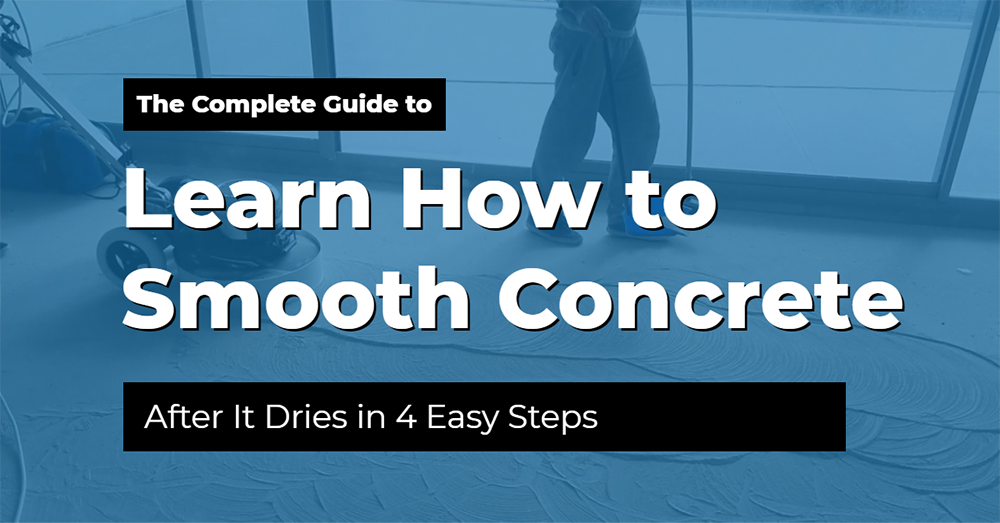
For this post at Best Floor Coatings, we will teach you how to smooth concrete after it dries.
Softening is the process by which a surface is perfectly finished. It is one of the last steps performed when pouring fresh concrete. In this blog, we will teach you how to carry out this process correctly so that you give your project the finish it deserves.
It is important that you know that this process must be done at the right time or you could damage the floor structure. In other words, doing it too early can weaken the concrete surface, which can lead to future cracks. The way to do it is simple but there are details to take into account since it is not only about dumping the materials on the ground.
The concrete mix can be smoothed manually and mechanically. We are going to teach you the correct process to follow. It is important to know that we made this guide as easy as possible. This process also opens the doors to creativity since it can give color and textures to concrete. Let’s not waste any more time, let’s start with this post!
4 Steps You Should Follow If You Want to Learn How to Smooth Concrete after It Dries
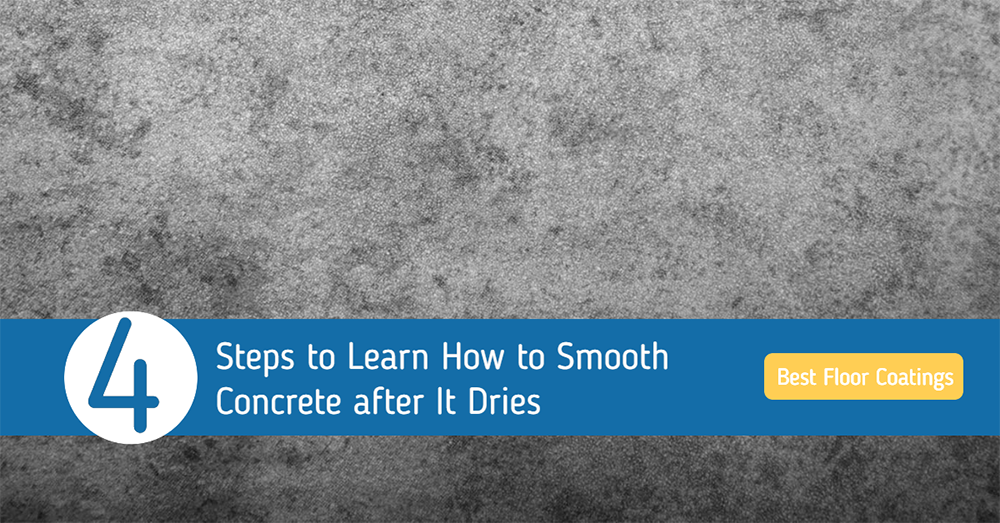
Perhaps, in the beginning, the task seems easy, it may happen that the results are not as expected. Moisture problems, difficulties in leveling the space, the presence of extreme loads, or excessive abrasion could also arise. That is why you need to be careful with this process. We want to teach you the correct way to do it.
These are the 4 steps in how to smooth concrete after it dries:
- Remove all imperfections on the surface
- Vacuum up all debris and apply the adherent
- Apply a new layer of concrete
- Sand the surface and wash the concrete
- Apply a layer of vitrifier to protect the concrete
The advantages of polished concrete floors imply, among other things, a good luminosity and brightness, since it is a surface that reflects the natural light of the rooms very well. Therefore, it is important that you learn the correct way of how to carry out this process.
Remove All Imperfections on the Surface
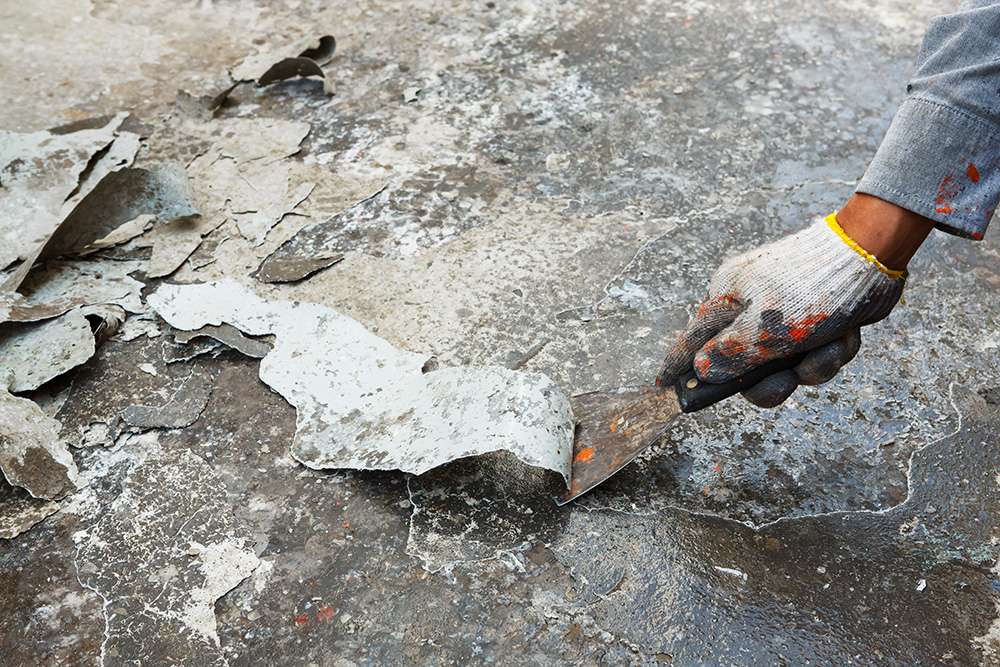
The first step is to remove all surface imperfections. With a spatula, you must remove and scrape all the loose material from the floor. This is very important because the original concrete must be very well adhered to and firm, with no deteriorated parts. It is very important to do this step correctly. In other words, the finish depends a lot on this process.
You must repair and remove all surface defects. This process should be done after cleaning the concrete, this will help make the surface smoother and more uniform, and will also help the sealer adhere better. Our experts are here to guide you, we want you to follow our guide and get the results you want.
Vacuum up All Debris and Apply the Adherent
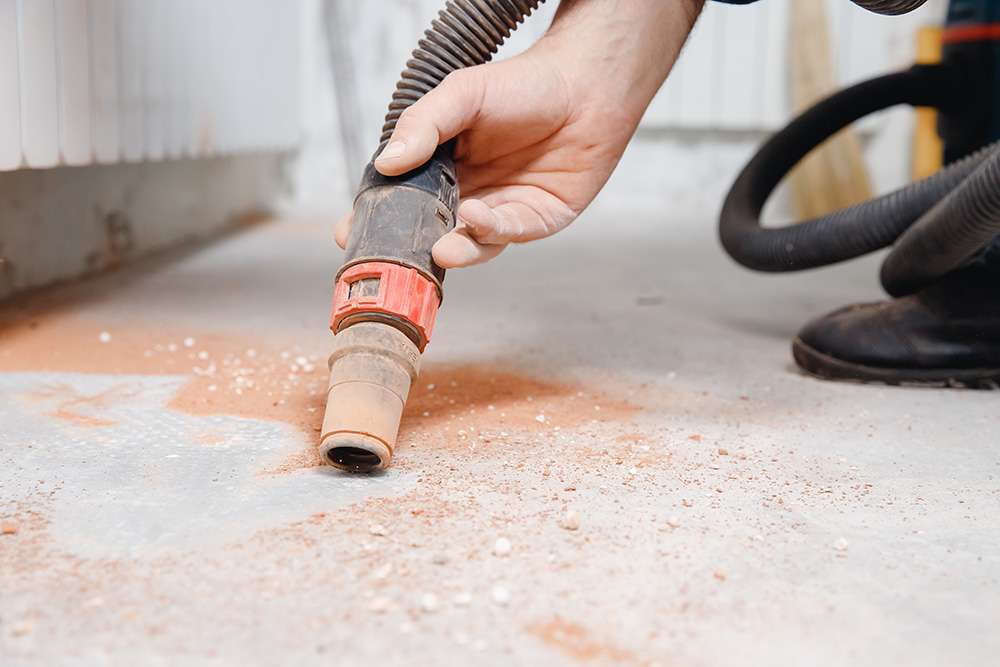
Make sure to clean up all the dust and concrete debris that came out when scraping the surface. It is necessary to vacuum everything well so that there are no residues before applying the adhesive. You should clean the area well, start by sweeping the entire surface to make sure you remove all the large particles. It is important that you clean the entire surface evenly.
We recommend you to use muriatic acid to clean the concrete. This chemical is a strong cleaner that will remove dirt, oil, and stains from the surface. This acid will also soften the top layer of the concrete and help you prepare the concrete. It is important that you know that you must mix 7 parts of water with 1 part of muriatic acid in a plastic container.
Apply a New Layer of Concrete
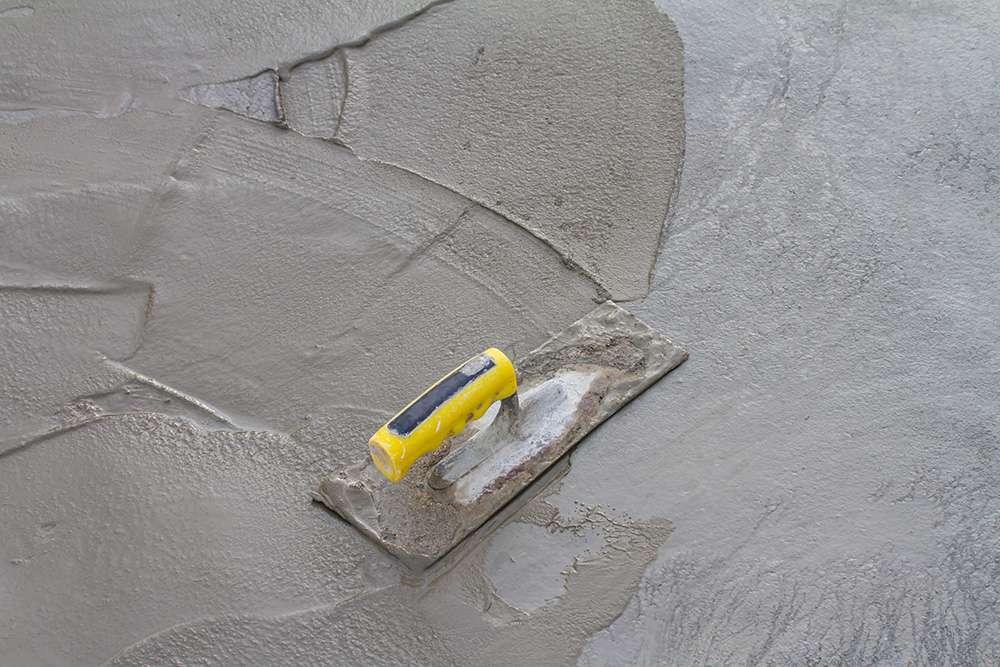
Now you must spread the mixture on the floor. The easiest way is to throw it in stripes and spread evenly with the trowel. You must beware of the unevenness since it will be necessary to go matching them. Once the first layer is applied, let it rest for a few hours and check if you need a second coat to remove the irregular parts.
At first the task may seem easy, but the results may not be as expected. Humidity problems or difficulties in leveling the space could also arise. After you have brushed the compound mix over the old concrete, then you should apply the new concrete that you mixed. Pour everything in and spread it out with a manual spatula
Sand the Surface and Wash the Concrete
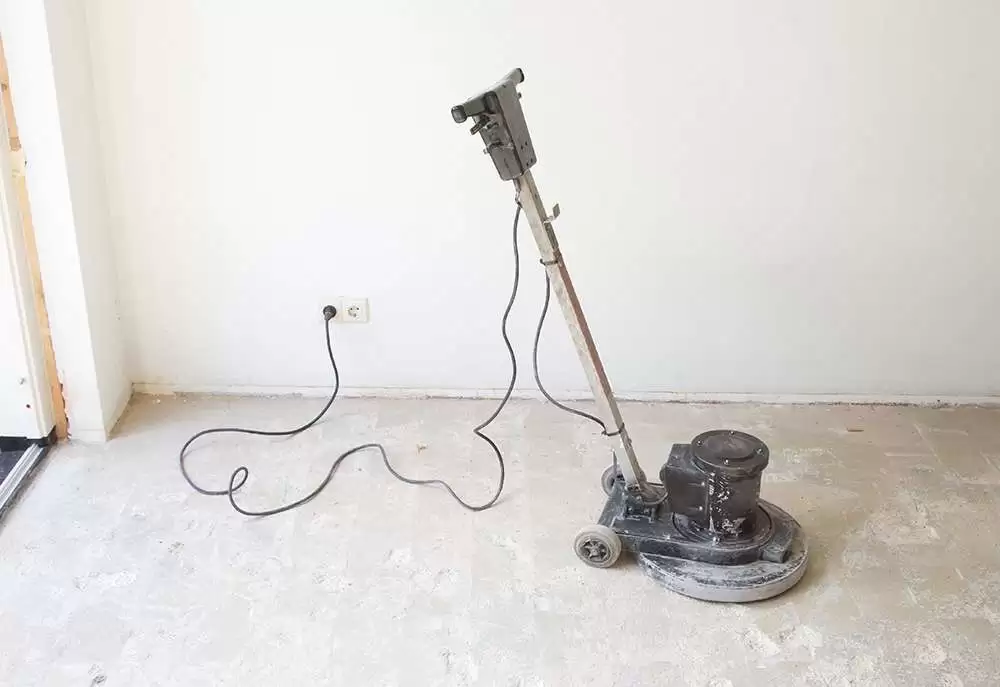
For this finishing process, we recommend you use an orbital sander since the idea is not to lower too much. Start with medium sandpaper to remove the most noticeable irregularities. Finish by fine-tuning with light sandpaper, until the surface is perfectly smooth. We recommend using a hand planer to smooth and compact the surface.
If the concrete dries a lot then we recommend that you add water to the surface, this will help you give it a good finish. You must be careful, if you put a lot of water you may damage the concrete. The way to do it is simple but there are details to take into account, since it is not only about sanding the concrete.
Apply a Layer of Vitrifier to Protect the Concrete
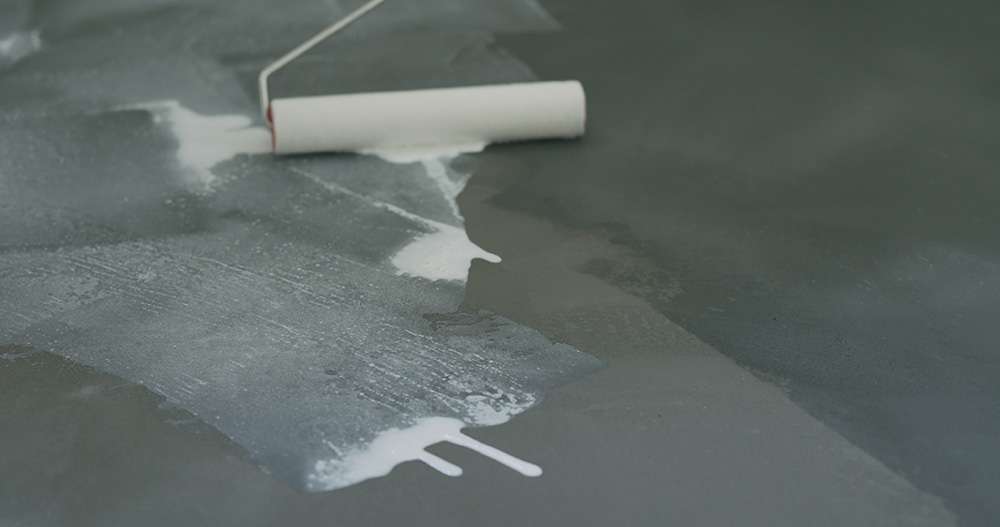
After curing the concrete you should use a concrete sealer to make it even more resistant. Be sure to clean the concrete thoroughly before applying the sealer. We recommend applying thin coats to avoid puddles. You should wait a couple of hours before applying a second coat.
Once the dust has been sucked up and removed, apply the vitrifier. The first layer is a seal, so it must be diluted with 50% synthetic diluent, apply it to the entire surface with a brush. It is important that you let the sealer dry before you start walking on the concrete.
